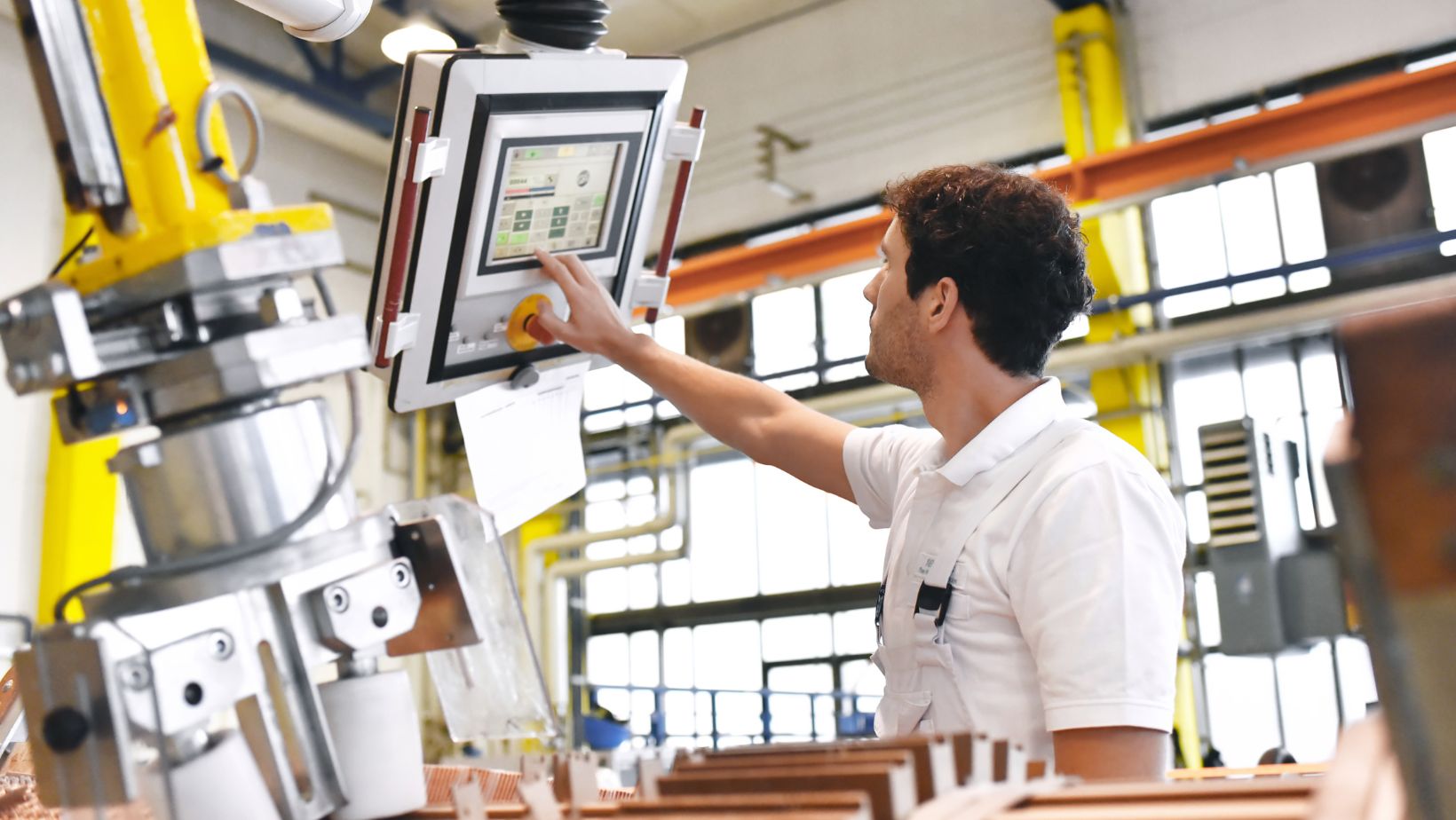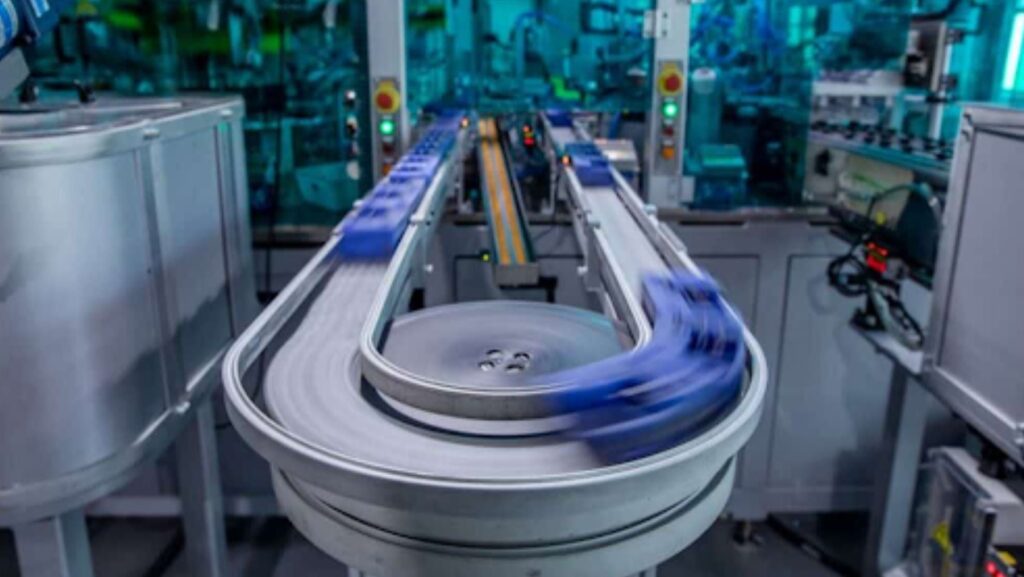Every day, energy-intensive industries like steel, cement, and chemicals consume vast amounts of electricity to keep operations running. With global energy prices fluctuating and pressure mounting for more sustainable production, maintaining stability has never been more challenging. A single power disturbance can cause equipment failures, production delays, and millions in losses.
Smart industrial control plays a critical role in addressing these challenges. By combining advanced monitoring, automation, and analytics, industries can balance efficiency with reliability—even in the most demanding environments. These systems also provide the flexibility needed to adapt quickly to shifting energy conditions and evolving sustainability goals.
The Energy Demands of Heavy Industries
Energy-intensive sectors are among the world’s largest power consumers. According to the International Energy Agency (IEA), industrial energy use accounts for over 37% of global energy consumption. For industries such as steel, cement, and aluminum, electricity costs can represent up to 40% of total production expenses.
But the challenges don’t stop at high energy bills. These industries face:
- Unpredictable energy supply – Grid instability or shortages can halt operations.
- Rising costs – Volatile energy markets make budgeting unpredictable.
- Pressure to decarbonize – Companies are under increasing regulatory and public pressure to reduce emissions.
These pain points push businesses to look for smarter ways to monitor and manage how energy flows through their operations.
The Role of Smart Industrial Control
Smart industrial control refers to digital systems like SCADA (Supervisory Control and Data Acquisition), PLCs (Programmable Logic Controllers), and Distributed Control Systems (DCS). While these technologies have been around for decades, recent advancements in connectivity, computing, and artificial intelligence have made them far more powerful.

Here’s how they bring stability to energy-intensive operations:
- Real-time monitoring: Sensors track energy consumption, equipment performance, and process efficiency across multiple facilities.
- Predictive maintenance: AI-driven analytics flag potential faults before they lead to costly downtime.
- Integration with renewable energy: Smart control systems can manage power from solar, wind, and storage systems, ensuring a consistent supply.
With these capabilities, industries can reduce waste, improve safety, and optimize every watt of electricity used.
Enhancing Grid Stability and Efficiency
One of the biggest contributions of smart industrial control is its ability to support grid stability. Energy-intensive industries often have flexible consumption patterns that can be aligned with grid needs.
Key strategies include:
- Demand response programs: Adjusting power use during peak demand to reduce stress on the grid.
- Load shedding: Automatically reducing or shifting energy use when grid conditions become critical.
- Power factor correction: Enhancing energy efficiency and lowering costs by reducing reactive power losses.
For example, cement plants using smart control systems can schedule energy-heavy tasks like kiln heating during off-peak hours, cutting costs and easing grid pressure.
Safety and Reliability in High-Energy Operations
When dealing with massive amounts of electricity, safety is non-negotiable. Smart industrial control systems provide automated safety checks, fault detection, and quick shutdown protocols that minimize hazards.
Some benefits include:
- Detecting short circuits or overloads before they escalate.
- Automatically isolating faulty sections to prevent accidents.
- Ensuring compliance with strict international safety standards.
This not only protects workers but also avoids unplanned downtime, which can cost industries millions per hour.
Digitalization and Industry 4.0
The digital transformation sweeping across industries is making smart control even more indispensable. Through IoT sensors, AI, and big data analytics, businesses are gaining deeper insights into their operations.
- IoT integration: Real-time data from machines enables smarter decision-making.
- Edge computing: Processing data closer to the source reduces latency and speeds up responses.
- Cybersecurity: As industrial systems become more connected, robust security measures ensure data integrity and prevent malicious attacks.
Global leaders in smart energy solutions, such as CHINT, are at the forefront of this shift. CHINT has grown into a provider of industrial control and electrical equipment for applications ranging from manufacturing to energy management.
By developing digital-ready solutions that support seamless connectivity and smarter analytics, CHINT helps transform traditional factories into smart factories capable of adapting dynamically to energy and production demands.
Real-World Applications Across Industries
Different sectors are already experiencing measurable benefits from adopting smart control:
- Steel industry: Real-time energy monitoring optimizes furnace operations, reducing electricity waste.
- Cement plants: Automated controls manage kilns and grinding mills to lower emissions and improve efficiency.
- Chemical industry: Integrated systems balance energy use with strict safety protocols to cut costs and environmental impact.
These applications show how smart industrial control is not just a tool, but a strategic asset for competitiveness.
Future Outlook
As industries push toward carbon neutrality, the role of smart control systems will only grow. Emerging technologies like microgrids and AI-driven optimization will make factories more flexible and energy-resilient.
The future promises:
- Stronger integration of renewables into industrial energy systems.
- Smarter, more adaptive energy management strategies.
- A global shift toward sustainable, yet stable, industrial production.
Smart industrial control is not just about improving efficiency today—it’s about preparing for a future where energy systems are more complex, distributed, and decarbonized.
Conclusion
Energy-intensive industries face enormous challenges: rising costs, fluctuating supply, and the need to decarbonize. Smart industrial control offers a pathway forward, giving you the tools to stabilize operations, cut waste, and future-proof your business. Whether it’s real-time monitoring, predictive maintenance, or renewable integration, adopting these systems is no longer optional—it’s essential.
By embracing these technologies, industries can ensure stability today while paving the way toward a more sustainable future. In the long run, these advancements not only secure operational continuity but also strengthen competitiveness on a global scale. Ultimately, industries that act now will be better positioned to thrive in the evolving energy landscape.


